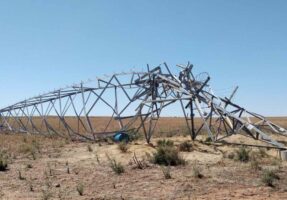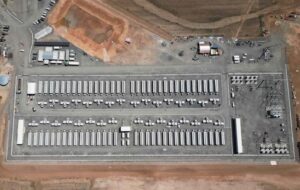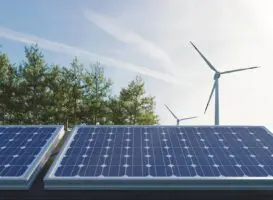In its latest New Energy Outlook for Australia, Bloomberg New Energy Finance’s middle path for decarbonisation – the one that aims to align with the Paris climate target of keeping global warming well below 2°C – has some rather unexpected elements.
Alongside 300GW of wind and solar and 74GW of dispatchable capacity in the form of batteries, pumped hydro, hydrogen-fired gas plants, and gas plants paired with carbon capture and storage, there is around 14GW of CCS-paired coal.
Putting aside questions on the cost and viability of CCS technology for now, that’s a whole lot of coal planned for 2050 when the science says we should be shutting down all fossil fuel power plants – starting yesterday.
So what’s it doing in a Net Zero Scenario?
“It is a very controversial technology mix out to 2050, we do recognise that,” report author and head of BloombergNEF in Australia, Leonard Quong says.
“But what we have tried to do here is just to simply look at the least-cost economics – or at least in this case, the least potential cost economics – of technologies as they emerge to get the world to net zero.”
First, however, Quong makes an important clarification: To get to net zero, almost all unabated fossil fuels in Australia’s power mix must pretty much cease operations by the year 2035.
“A few might be operating beyond that point, but really not much at all because of the importance of having a low carbon power supply,” he says.
That said, Australia’s energy system will still need dispatchable technologies well into the future. And while storage technologies from big batteries to pumped hydro will plan a vital role, BNEF sees a role for backup systems.
And in this BNEF scenario, at this point in the energy transition, those back-up systems are coal and gas paired with CCS – “if the technology performs and improves the way we assume,” Quong adds.
That’s a big “if.” According to the Clean Energy Council, every CCS project that has been undertaken so far has resulted in significant delays, massive cost blowouts, and major shortfalls in the promised reduction of pollution.
According to Bruce Robertson, here, the largest carbon capture and storage project in the world so far, Chevron’s more than $3 billion Gorgon plant in Western Australia, underperformed its targets for the first five years of operation by about 50%.
And at the moment, it’s expensive, too. According to Australian Conservation Foundation research, when CCS is attached to coal and gas power stations it is likely to be at least six times more expensive than electricity generated from wind power backed by battery storage.
Presuming the technology does improve, Quong also stresses that a coal and gas plant in 2050 will play a very different role in the market from coal and gas without CCS as it operates today.
“It’s best to think of this as …an expensive, incredibly expensive insurance system for the market,” Quong tells RenewEconomy.
“It’s a game of value, not of volume. Their operational hours are very low in the system overall, but can – if required, during extreme periods of weather events and renewable energy resource supply – play that important function in the system that even enormous amounts of batteries would just struggle to do right now.”
So will they get built?
“From a policy perspective, and from a markets perspective, we could not build them economically today,” Quong says – “the signals simply aren’t there and are unlikely to be there unless there’s a big change in how we operate the Australian market overall.
“And so if that doesn’t change over time, alternative technologies, or even alternative system are likely to have to play that role.
“But what we do know is that that last mile of decarbonisation is absolutely the hardest and absolutely the most expensive.
“And so other things could fill the gap, but that depends ultimately on the policymakers and the designers and the investors in the system in the years ahead.”










